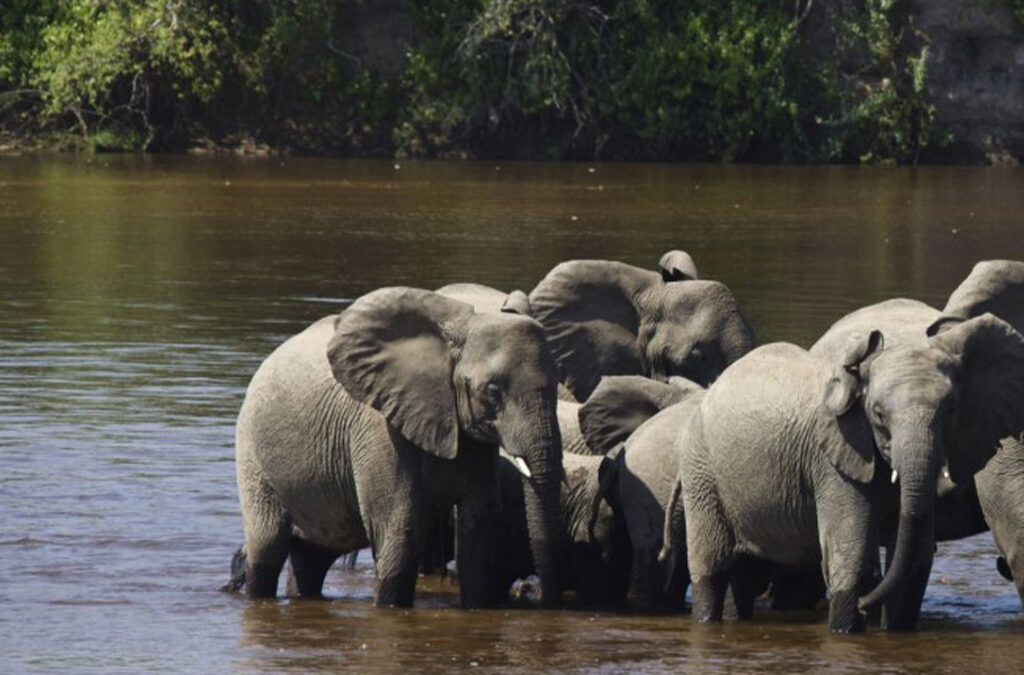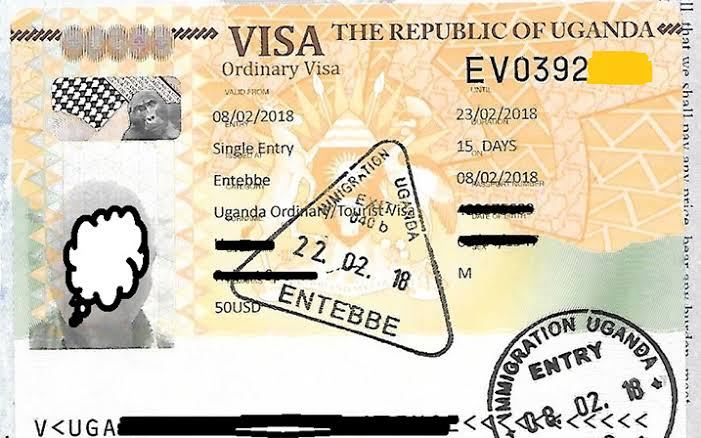Why Is Ruaha National Park a Hidden Gem?
Tucked away in the heart of Tanzania, Ruaha National Park is often overlooked by travelers in favor of more popular destinations like Serengeti or Ngorongoro Crater. However, for those willing to venture off the beaten path, Ruaha reveals itself as one of the most captivating and untouched gems in East Africa. Its vast landscapes, rich wildlife, and authentic safari experience offer something truly special for anyone who seeks an adventure away from the crowds. Let’s take a closer look at what makes Ruaha National Park so unique and why it’s worth discovering.
A True Wilderness Escape
One of the first things that strikes visitors to Ruaha is the profound sense of wilderness. Unlike other more visited parks in Tanzania, Ruaha has a feeling of being a world unto its own far from the hustle and bustle of touristy hotspots. The park spans a massive 20,226 square kilometers, making it one of the largest in Tanzania, and yet it remains remarkably underexplored. This vastness ensures that those who come here can immerse themselves fully in nature, with little to no sign of human interference.
The parks remote location means fewer vehicles and tourists, providing a sense of solitude and an intimate connection with nature. Its not unusual to go on a game drive and encounter only a handful of other vehicles. In a time when many African safari destinations are packed with tourists, this peaceful isolation is an incredibly rare and refreshing experience.
Rich and Diverse Wildlife
Ruaha is home to an incredible diversity of wildlife, offering a true African safari experience. With over 1,650 plant species, 570 bird species, and 163 species of mammals, the park supports a vibrant ecosystem. The park’s unique position at the crossroads of East and Southern Africa allows it to support a mix of both eastern and southern species, creating an unusually diverse habitat.
The park is particularly famous for its large populations of elephants, with an estimated 10,000 of these majestic creatures calling Ruaha home. Visitors may see them in large herds, particularly around the park’s rivers and waterholes. The lion prides here are also among the largest in Tanzania, with some groups numbering up to 30 individuals. The rare wild dog, leopard, and cheetah can also be spotted, offering opportunities to witness some of Africa’s most elusive predators in action.
The rivers that snake through Ruaha like the Great Ruaha River provide a lifeline for the wildlife, and these areas are some of the most exciting to explore. From hippos lounging lazily in the river to crocodiles sunning themselves on the banks, the rivers teem with life. Watching the various species interact with their environment is a humbling experience.
Immersive Safari Experience
One of the biggest reasons why Ruaha stands out as a hidden gem is its unfiltered, authentic safari experience. In most popular parks, it’s easy to feel like a spectator in a commercialized show. In Ruaha, however, every moment feels like an adventure thats entirely yours to own. The absence of large crowds and busy lodges means that every game drive, every walk, and every pause by a river feels private and personal.
Guided walking safaris are a standout experience here. Unlike other parks where walking safaris are less common, Ruah’s unique landscapes and diverse ecosystems make it an ideal destination for this type of adventure. Walking with a skilled guide offers an up-close view of the smaller aspects of nature that can often go unnoticed when cruising in a vehicle. The experience of hearing the call of birds, feeling the crunch of the earth beneath your boots, and being in the presence of the land larger creatures creates a deep sense of connection to the environment.
The park’s safari camps are another reason why Ruaha feels so special. Often smaller and more intimate than those in other parks, these camps are designed to blend into the surroundings. The emphasis is on creating a sense of being in harmony with nature rather than being surrounded by luxury distractions. Staying in a remote tented camp, surrounded by the sounds of the African bush, offers an experience that is both comfortable and truly immersive.
Diverse Landscapes
Ruaha National Park is home to some of the most dramatic and varied landscapes in East Africa. The park features a blend of riverine, savannah, woodland, and semi-desert areas, making it a truly dynamic environment. The Great Ruaha River, which runs along the park’s eastern boundary, is the lifeblood of the region. Its banks are lined with thick vegetation, providing sanctuary for numerous species.
The hills that rise gently from the river create breathtaking views, particularly at sunrise or sunset. The contrast of the lush green river valleys with the dry, dusty plains adds an incredible dimension to the park’s landscapes. The vast open plains dotted with acacia trees provide a striking backdrop for game drives, where sightings of giraffes, buffalo, and antelopes are common.
The park’s central plateau, with its baobab trees and rocky outcrops, is another key highlight. These iconic trees, with their massive trunks and unique shapes, add a sense of ancient beauty to the landscape, and they are often found near watering holes where wildlife gathers.
Accessibility and Low Crowds
Getting to Ruaha may take a little extra effort compared to other destinations, but the reward for making the journey is undeniable. The park is accessible via scheduled flights from Dar es Salaam, Arusha, or other regional hubs. Alternatively, it can be reached by road, but this requires a bit more time and patience. The fact that it’s less accessible is actually part of its charm. The effort required to get here ensures that the park remains uncrowded and pristine, making it the perfect destination for those seeking an exclusive safari experience.
While it may not have the fame of Serengeti or Ngorongoro, this very fact works in Ruah’s favor. The park’s remoteness means that it remains largely unaffected by mass tourism, allowing it to retain its wild and untamed atmosphere. There’s a real sense of exploration when venturing into Ruaha, and the quiet majesty of the place leaves a lasting impression on those who are lucky enough to visit.
Conservation Efforts and Sustainability
Ruaha National Park is not just a natural treasure; it’s also a critical area for conservation. The park is part of the Ruaha-Rungwa ecosystem, which is one of the largest conservation areas in Africa. The Tanzania National Parks Authority (TANAPA) and other organizations have invested significantly in preserving the park’s delicate ecosystems and wildlife. Anti-poaching efforts are ongoing, and the park is a vital area for the protection of endangered species like the wild dog and the cheetah.
In addition to its role in wildlife conservation, Ruaha is also an important source of water for surrounding communities. The park’s rivers and wetlands feed into the larger Rufiji River system, providing water to much of the coastal region. The emphasis on sustainable tourism and the balance between conservation and community needs ensures that Ruaha remains a vital resource for both its inhabitants and the people who rely on it.
The Essence of Africa
Ruaha National Park encapsulates the true essence of Africa a land of untamed beauty, raw landscapes, and abundant wildlife. It offers a unique chance to witness the wonders of nature without the distractions of mass tourism. Here, every moment feels genuine, unfiltered, and real. The untouched beauty of Ruaha serves as a reminder of the Africa that once was and continues to be wild, awe-inspiring, and in need of protection.
For those seeking an authentic and transformative safari experience, Ruaha is a destination that should not be missed. Whether it’s the thrill of spotting a lion pride, the tranquility of a riverside sunset, or the simplicity of a walking safari, Ruaha offers something unforgettable. It’s a hidden gem that, once discovered, leaves a lasting impression on the heart and mind.






